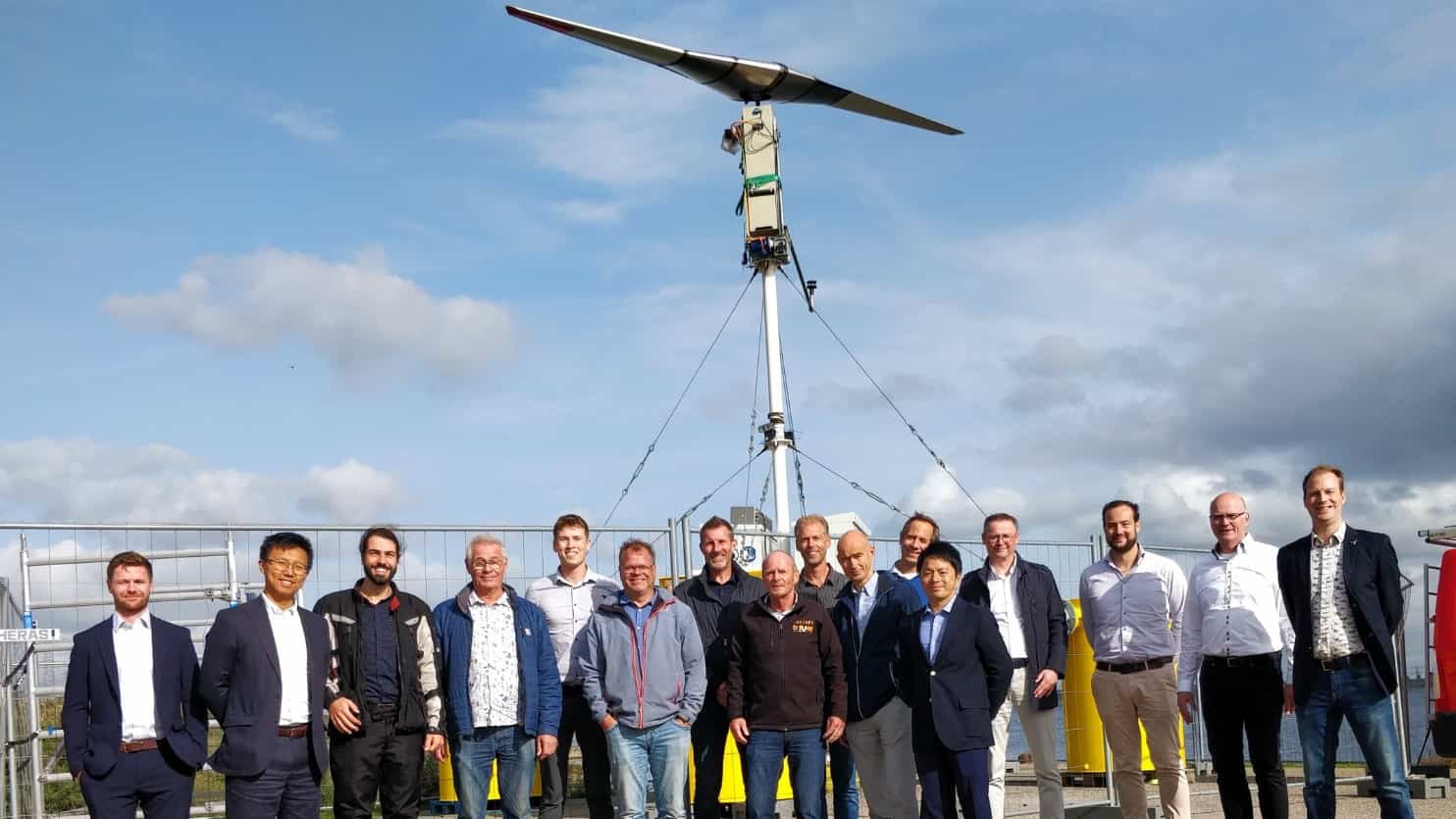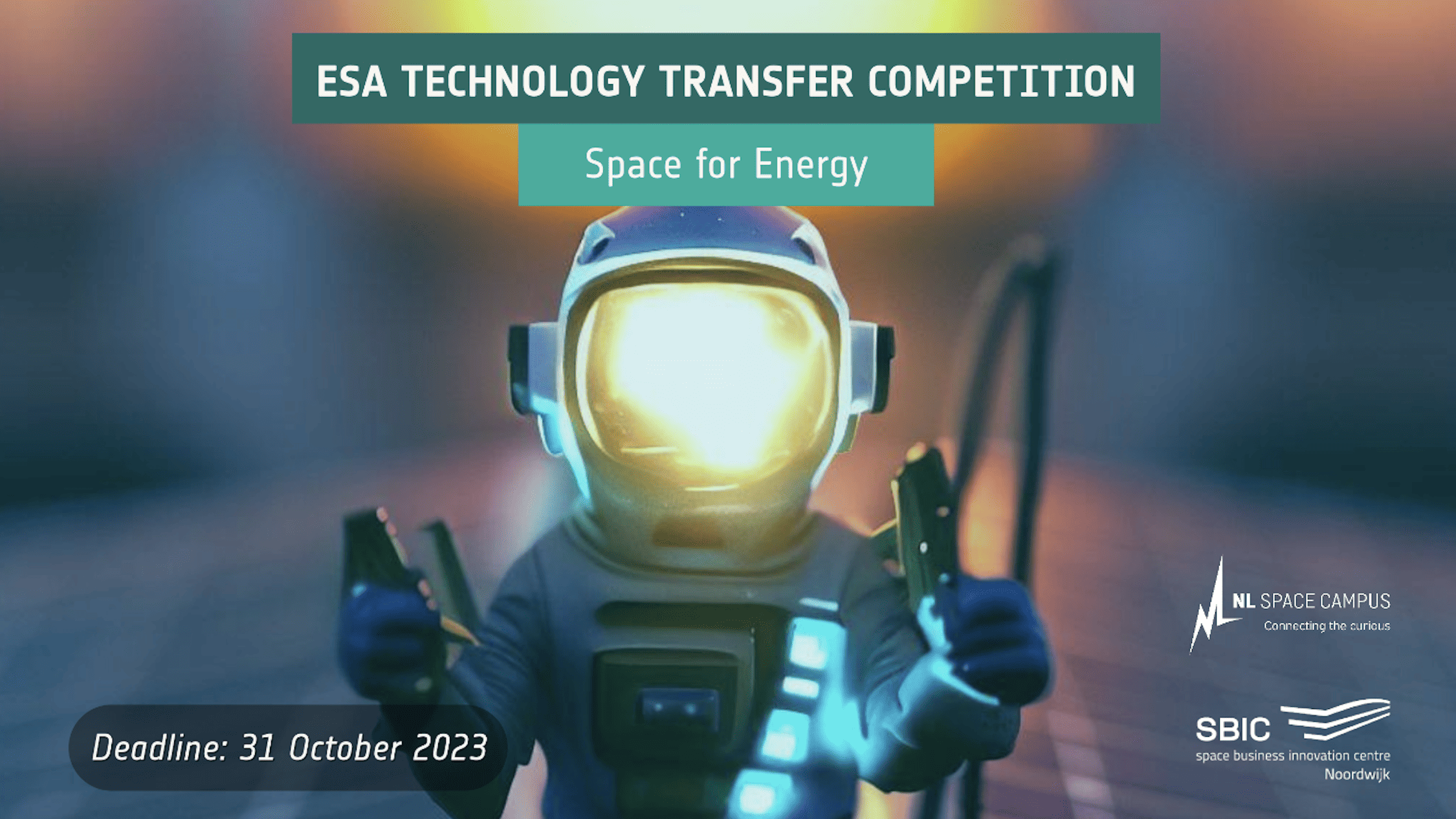
We exist by a succession of accidental necessities. Take the composition of our solar system, with Jupiter as the indispensable gravitational powerhouse. This space vacuum swallows comets and asteroids that would otherwise flog Earth inhumanely. Once, on the other hand, it was on the verge of swallowing the entire Earth. Its attention was fortunately diverted just in time by Saturn. This gave asteroids and comets the chance to deliver water to Earth.
An Earth whose axis is slightly tilted for reasons still unknown, giving us seasons. With a Moon that, together with the Sun and in conjunction with the Earth’s rotation, is responsible for tidal action. In turn, that causes the Earth’s rotational speed to slowly decrease rather than accelerate. Which would lead to unlivable fast wind currents. The downside, though, is that eventually, a day will last a year.
We are camping in the habitable zone. Not too close, but not too far away from the sun either. It is a sweet spot where it will be warm enough for another five billion years to prevent all our water from freezing or evaporating. After that, the fuel of the nuclear fusion reactor around which we orbit will gradually run out, and Mother Earth’s dying process will presumably begin. On a planet without a protective magnetosphere, there is no afterlife.
But don’t worry. Life remains everywhere! There are more stars in the universe than there are grains of sand on Earth.
This adventurous variety forces life to adapt to variation. Man is used to expecting the unexpected. We are our time. We distinguish ourselves by telling stories. We understand the importance of knowledge. We are excited by new discoveries. We believe in far horizons defined by the thinking of those who now inhabit the earth. Human beings can be programmed and have the capacity for nonviolent cooperation. Fill a market square with chimpanzees, and they will inevitably fight each other to the death. Cooperating humans, on the other hand, are capable of controlling nature.
A bridge is easily vibrated by marching across it in time. A swing goes higher and higher by merely moving your legs. I estimate that if you put the world’s population of 8 billion people under one button in an app and ask them all to put their foot down at the same time in the same direction in a certain rhythm, you can speed up or slow down the rotation of the earth at will.
Flapping a butterfly’s wings in Brainport can cause a storm in Silicon Valley. One flapping of wings may not be enough, but much fluttering may grow into a hurricane. The journey to tomorrow has already begun. Let’s give the world a push.








